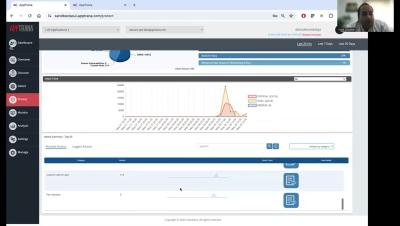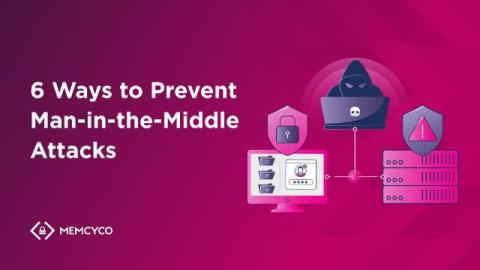Navigating the new era of attacks
In this episode of Server Room, we sit down with Karuppaiah Veeraiah, Head of Security at Zoho, to explore the latest trends and groundbreaking technologies in the world of cybersecurity. We delve into practical insights on how organizations can stay ahead of emerging threats, fortify their digital defences, and prepare for the challenges of the upcoming year.










